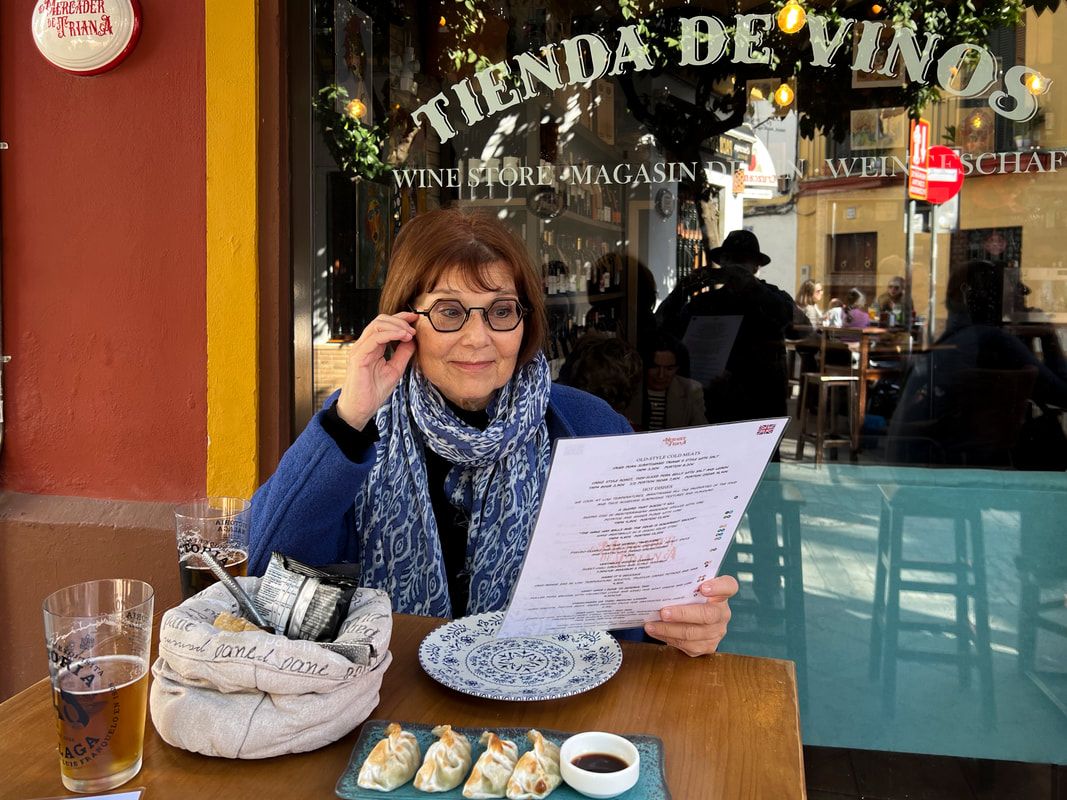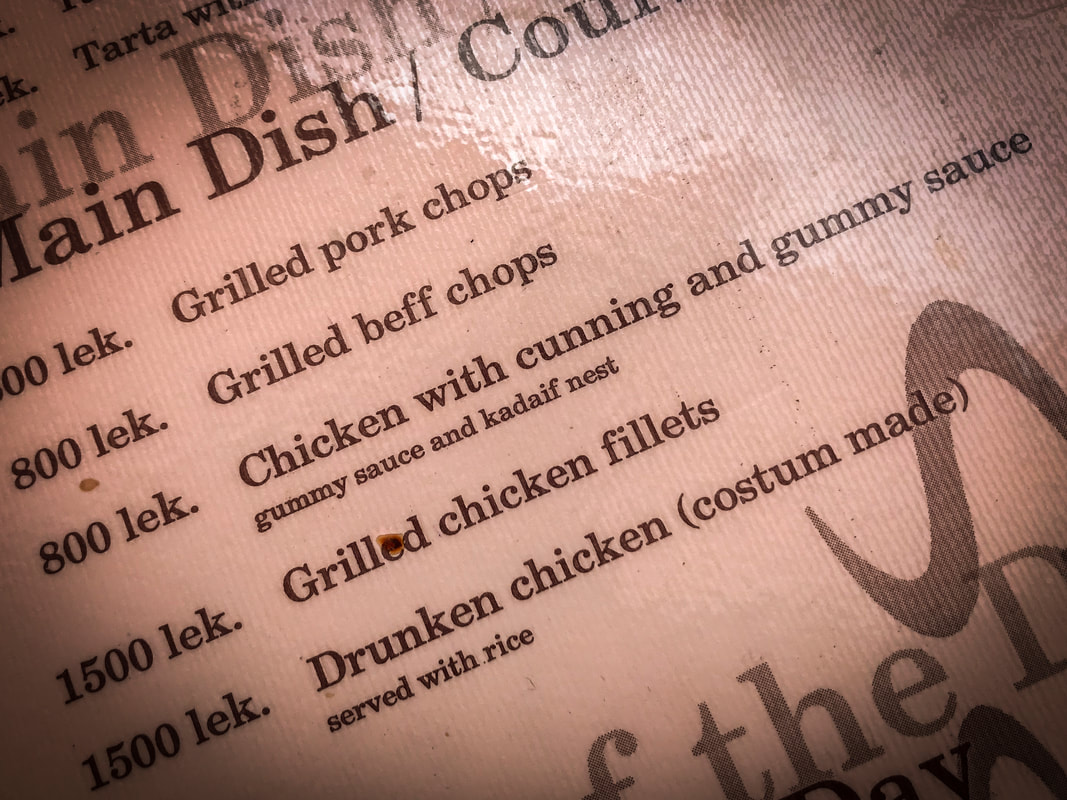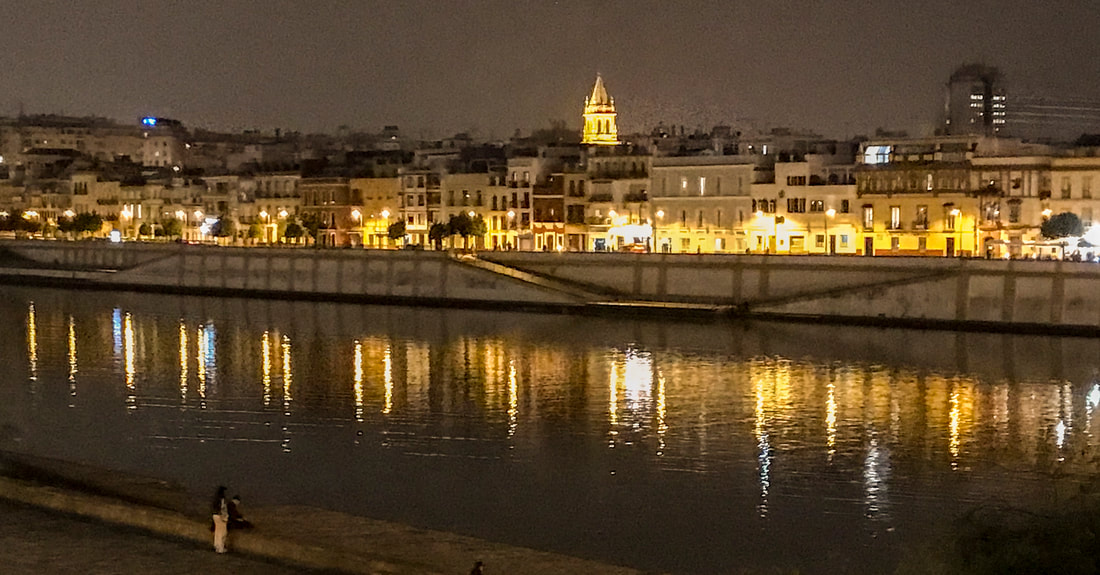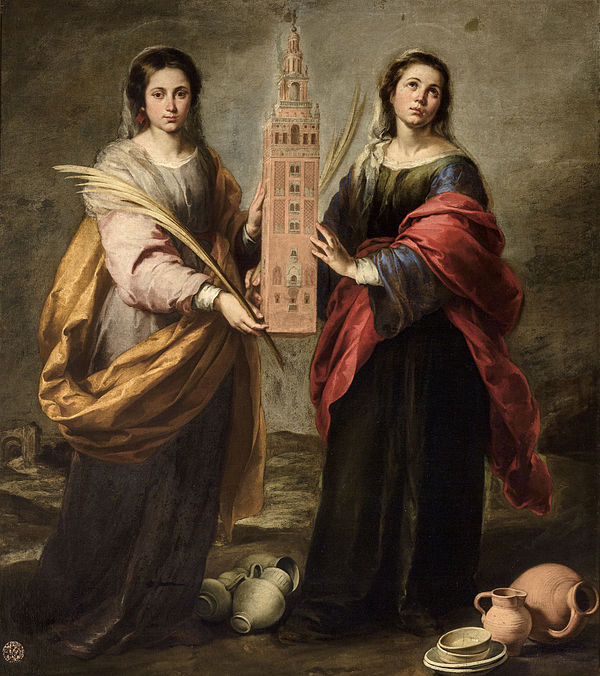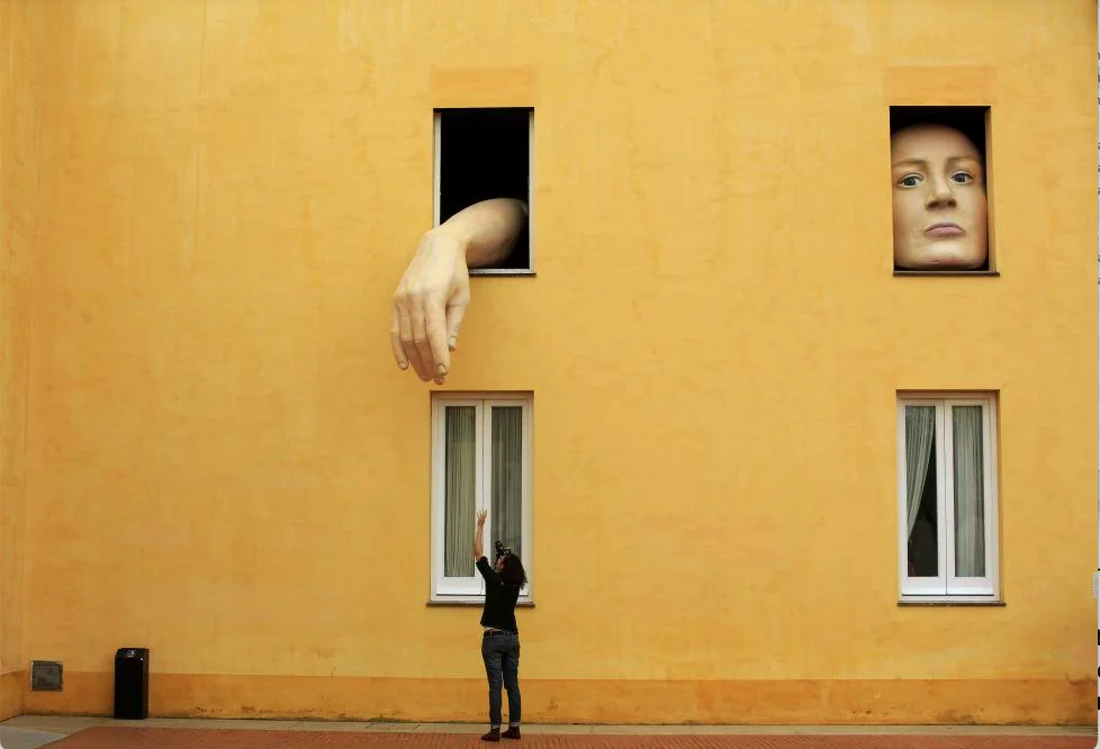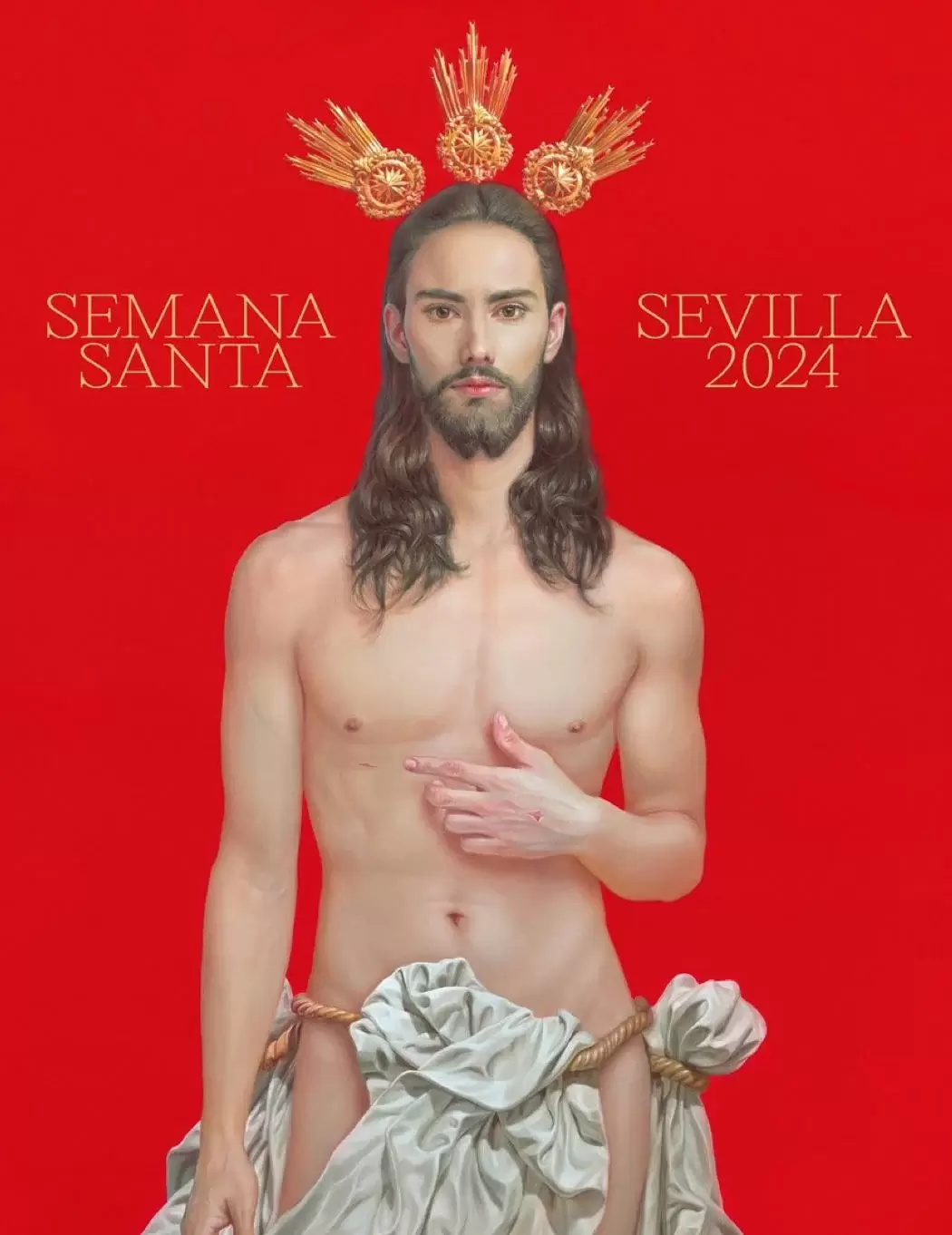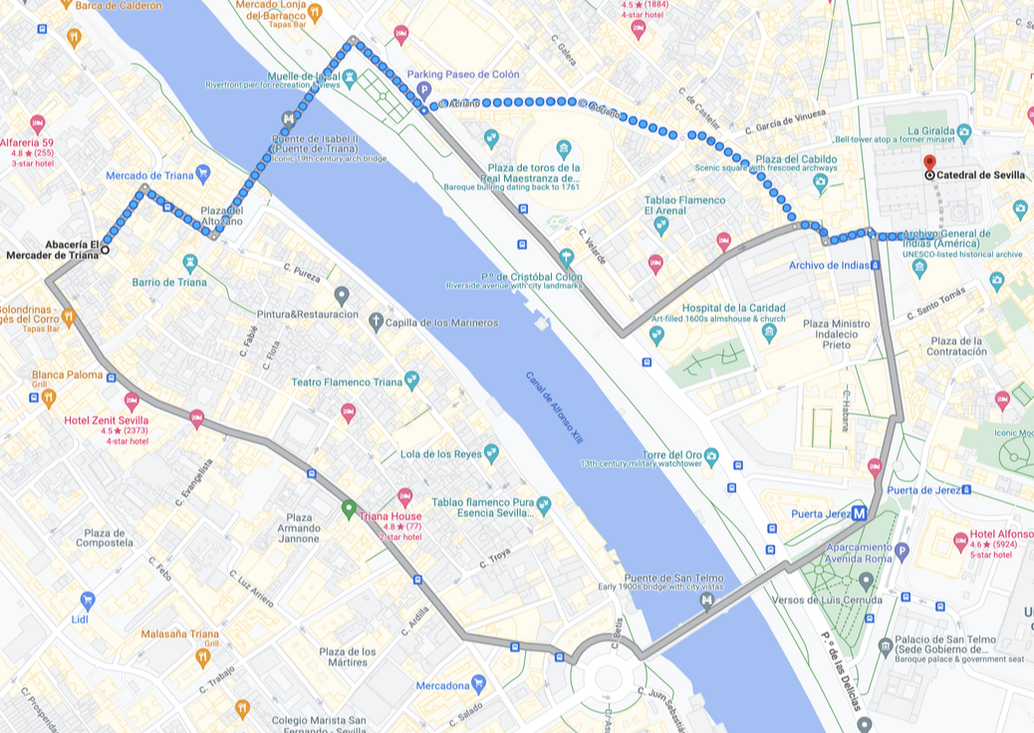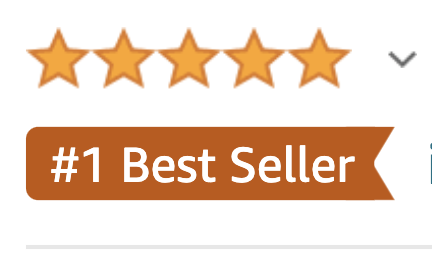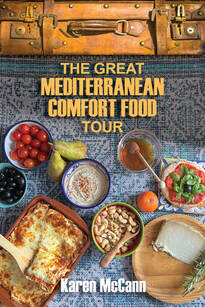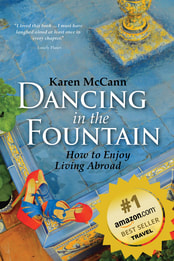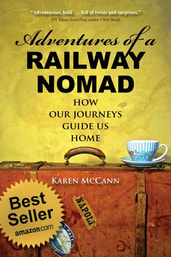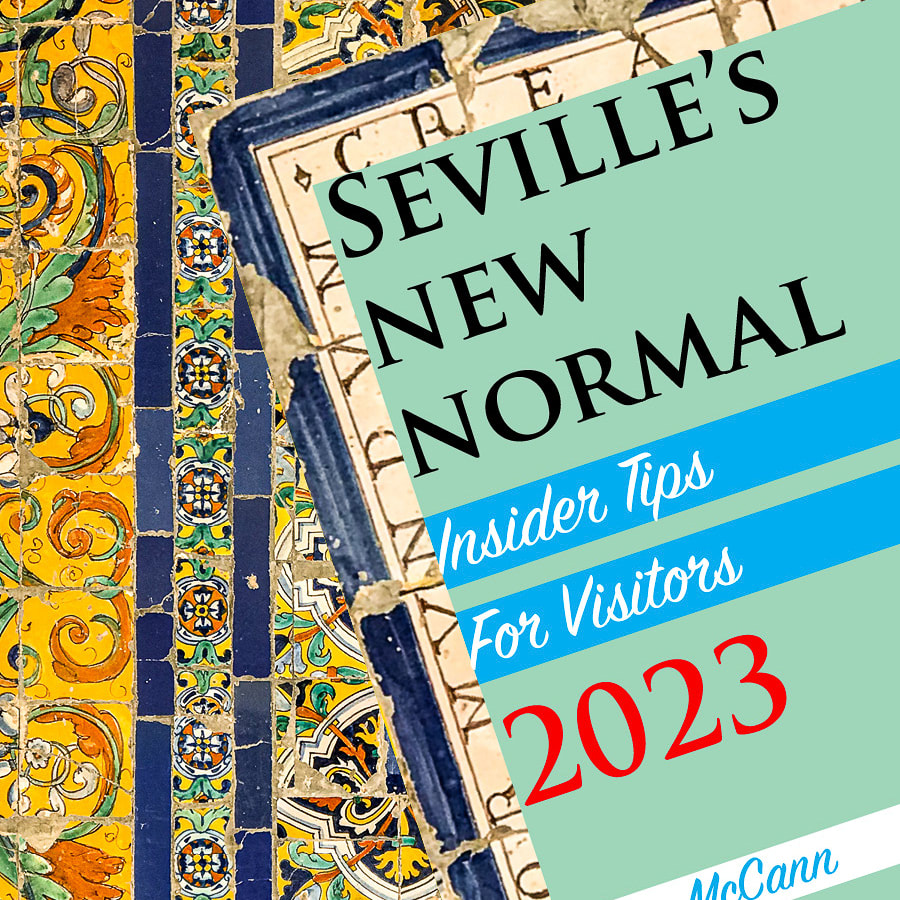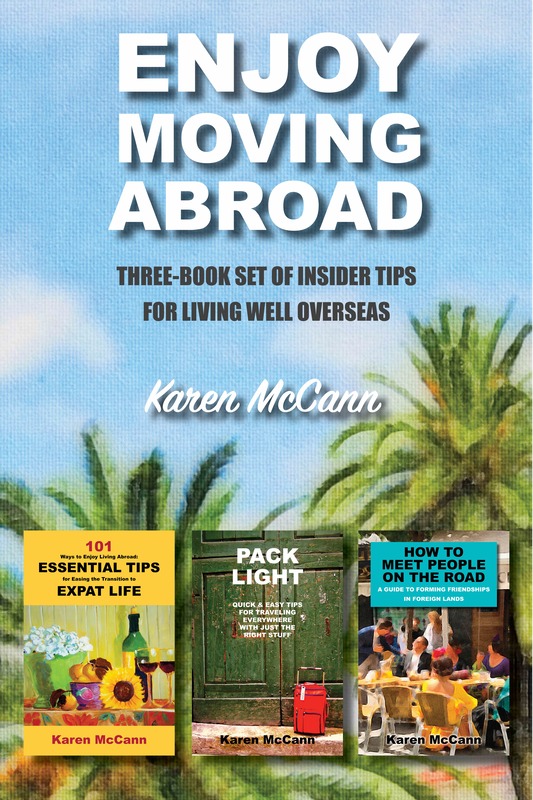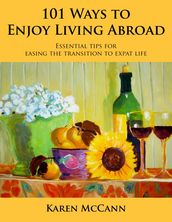|
I often see newcomers blinking in confusion over Seville menus offering “lard of heaven” (the eggy dessert tocino de cielo) or “green Jews” (a mistranslation of judías verdes, meaning “green beans”). But generally Spanish restaurants describe their dishes with admirable clarity, and we are spared the kind of pretentious nonsense that’s all too familiar elsewhere. “Here, for example,” wrote author Peter Mayle, “is a London restaurant’s attempt to justify the exorbitant price of its whitebait: ‘The tiny fresh fish are tossed by our chef for a few fleeting seconds into a bath of boiling oil, and then are removed before they have a chance to recover from their surprise.’ Anyone who suggests tossing the writer in after them has my full support.” You expect that kind of silliness in London or Albania, but not Seville. So it took me a few moments to recover from my surprise when I picked up a café menu this week and read: “The Hake Has Balls and the Squid is Downright Saucy!!” Yikes! Did I want fish balls topped with cheeky squid? No, I really didn't. Soldiering on, I discovered a dish called “What Have I Done to Deserve This,” pork brioche in a sauce of “coke and wine.” Would that be Coca-Cola or cocaine? Further down was “pastor meat,” denomination unspecified. As a writer, I had to admire the author’s daring, even while I questioned some (ok, most) of the word choices, which sounded equally bizarre in the Spanish version of the menu. I reminded myself this was Seville’s Triana district, which for millennia was a notoriously independent separate city, home to outliers, misfits, flamenco dancers, scallywags, bullfighters, and artists. Technically it’s now part of Seville, but clearly Triana is maintaining its reputation for ignoring the rules and living out loud. Triana is also justly famous for the excellence of its mud. The blue clay lining the Guadalquivir River is ideal for making ceramics, a fact noted by the crafty Romans back in Biblical times. They developed an artisan community that has provided a hundred generations of Seville families with plates, cups, platters, and statues of various deities. And of course, where you have deities, you have controversies. One such controversy involved early Christian potters, sisters Justa and Rufina, who refused to sell their wares for use in pagan rituals. Angry neighbors attacked their stall, and in the ensuing donnybrook, one of the sisters broke a statue of Venus. The two potters were arrested, jailed, tortured; Justa died first. Rufina was then thrown to the lions, but the beasts became as tame as kittens, licking her feet. (It’s possible some of these details may not be 100% accurate.) Rufina was eventually beheaded, and the sisters became Seville’s patron saints, always shown with piles of pottery at their feet. Triana’s pottery really upped its game in the seventh century when the Moors conquered the region. The new overlords brought with them sophisticated techniques such as white tin-glazing and the iridescent gold finish known as lusterware, adding breathtaking dazzle to local architecture and housewares. Another game-changer was the arrival of British aristocrat and entrepreneur Charles Pickman in 1841. Looking to build a factory, he bought Triana’s ancient Cartuja Monastery, where Christopher Columbus had prepared for his voyage to the New World and later the artist Zurbarán painted some of his best-loved masterpieces. At first Pickman’s factory was welcomed as a revitalizing force in the industry and a source of jobs, but the elegant English designs — and higher prices — soon stirred up resentments. Competitors reacted by embracing pre-industrial techniques and old-school Spanish designs, an approach that lasted well into the twentieth century. By the 1970s, Triana’s ancient, wood-fired kilns were creating so much smoke pollution that they were banned, marking the beginning of the end of large-scale commercial pottery production in the barrio. You can still see some of the ancient kilns in the rambling, fascinating Centro Cerámica Triana museum. Pickman's Cartuja Ceramics moved to a neaby town in 1982, and today the monastery serves as the Andalucía Contemporary Art Center, home to some outrageous art. No discussion of outrageous contemporary art in Seville would be complete without a mention of the red hot controversy currently convulsing this city. Every year officials commission a poster to promote Semana Santa (pre-Easter Holy Week) when the streets are jammed with processions and visitors. Typically posters show pious depictions of the suffering Jesus, a weeping Mary, or an adorable altar boy. This year’s theme is the risen Christ. Luminous, radiant, and absolutely gorgeous. Every one of the powerful Holy Week organizers, the Council of Brotherhoods of Seville, signed off on the piece before last week’s unveiling. Ultra-conservatives took one look and began foaming at the mouth, cursing the day it became illegal to burn heretics at the stake. Death threats have been hurled at the artist, Salustiano Garcia, who said, “To see sexuality in my image of Christ, you must be mad,” adding there was nothing in the image that “has not already been represented in artworks dating back hundreds of years.” Curious yet? Want to see what all the fuss is about? Yowser! People will be talking about this poster for centuries. Which is no doubt why they did it. “Contemporary art challenges us,” said billionaire collector Eli Broad. “It broadens our horizons. It asks us to think beyond the limits of conventional wisdom.” Art is all about redefining what it means to be alive in a particular era. We have to keep at this, because we humans are ceaselessly reinventing ourselves and our environments. And that’s what’s happening right now in Triana’s old ceramic district, where they’re busy dismantling the last vestiges of a 2000-year-old industry. Artisans still make pottery in small workshops, but the big factories are being transformed into stores, restaurants, wine bars, and abacerías, tiny grocery markets with a few café tables and, in most cases, modest menus. The Abacería El Mercader de Triana, however, went large with a flamboyant bill of fare, placed temptingly on tables set beneath orange trees on a back street winding past the former ceramic factories. I sat down and began reading, curious to see how our host proposed to “reanimate” (as the Sevillanos say) weary wayfarers like ourselves. “Listen to this,” I said to Rich. “There’s one called ‘Does Not “Entrail” Any Risk.' Apparently it’s a plate of entrails with chimichurri sauce. Yikes!” I'm not a bashful eater, but in the end I selected the more conventional “A Sword That Doesn’t Kill,” tender swordfish steak lounging on a bed of lively lime-infused potato-ginger puree. I reflected that Sevillanos, once the most conservative of eaters, had come a long way in the twenty-plus years I’d been hanging around with them. The city continues to draw its strength from ancient traditions — culinary, spiritual, artistic, and social — yet fearlessly embraces fresh ideas that even the most modernist thinkers might find startling. And that’s why I never take this city for granted; I’m always agog to see what’s going to happen next. OUT TO LUNCH This story is part of my ongoing series "Out to Lunch." Each week I write about visiting offbeat places in the city and province of Seville, often by train, seeking cultural curiosities and great eats. (Learn more.) WANT TO STAY IN THE LOOP? If you haven't already, take a moment to subscribe so you'll receive notices when I publish my weekly posts. Just send me an email and I'll take it from there. [email protected] LIKE TO READ BOOKS? Be sure to check out my best selling travel memoirs & guide books here. PLANNING A TRIP? Enter any destination or topic, such as packing light or road food, in the search box below. If I've written about it, you'll find it.
9 Comments
Jenny
2/7/2024 01:44:32 am
Enjoyed your article! Please put me on your weekly posting list, thank you.
Reply
Karen McCann
2/8/2024 06:04:55 pm
So glad you enjoyed the article, Jenny! I've added you to the weekly mailing list. Thanks so much for joining the conversation.
Reply
Phyllis
2/7/2024 10:58:16 pm
When the risen Christ appeared to His followers, I doubt that He was nude. Yes, it is shocking. Keep us posted on developments as we approach Semana Santa.
Reply
Karen McCann
2/8/2024 06:06:35 pm
So far I haven't seen the actual poster anywhere; usually they crop up in restaurants, bars, businesses, banks. Maybe it's still at the printers, or maybe there's a backlash. I will keep you updated, Phyllis.
Reply
Faye
2/8/2024 04:17:30 am
An interesting Jesus. In my Sunday prayer book, when I was a child, Jesus was depicted as a very beautiful shepherd wearing beautiful robes, with his shepherd’s hook and holding an adorable little lamb in his arms. Who wouldn’t love this Jesus? I always thought about this beautiful depiction during the mass and I was filled with questions.
Reply
Karen McCann
2/8/2024 06:20:51 pm
You're so right, Faye. Lots to think about. Over the centuries Jesus has been portrayed in wildly different ways to reflect various aspects of his life and teachings and the standards of beauty in that era and that culture. Here Salustiano Garcia used his own son as the model for this painting, saying he wanted to show purity, serenity, and enlightenment as a way of paying tribute to the luminous essence of Holy Week. Did he succeed? Everyone will have an opinion on that one.
Reply
2/16/2024 02:08:12 pm
A lot of interesting/fun information in this post. Would like to know if there are any more extreme reactions to the poster of Jesus. Re the funky translations of the foods on the menus: Having lived in 8 foreign countries, I have seen some beauties, and wished I'd kept a list :). What always amazes me is that most of the time these restaurant owners (and other businesses) must have access to a real life native English speaker who'd be happy to check the translation.
Reply
oliviastephen02
4/25/2024 04:49:22 am
Reply
HOW CAN I GET THE BEST HACKER TO RECOVER MY LOST CRYPTO CURRENCY/USDT/BTC/LOST WALLET/STOLEN BITCOIN/ OPTIMISTIC HACKER GAIUS IS THE BEST
Reply
Leave a Reply. |
This blog is a promotion-free zone.
As my regular readers know, I never get free or discounted goods or services for mentioning anything on this blog (or anywhere else). I only write about things I find interesting and/or useful. I'm an American travel writer living in California and Seville, Spain. I travel the world seeking eccentric people, quirky places, and outrageously delicious food so I can have the fun of writing about them here.
My current project is OUT TO LUNCH IN SAN FRANCISCO. Don't miss out! SIGN UP HERE to be notified when I publish new posts. Planning a trip?
Use the search box below to find out about other places I've written about. Winner of the 2023 Firebird Book Award for Travel
#1 Amazon Bestseller in Tourist Destinations, Travel Tips, Gastronomy Essays, and Senior Travel
BLOG ARCHIVES
July 2024
CATEGORIES
All
|
